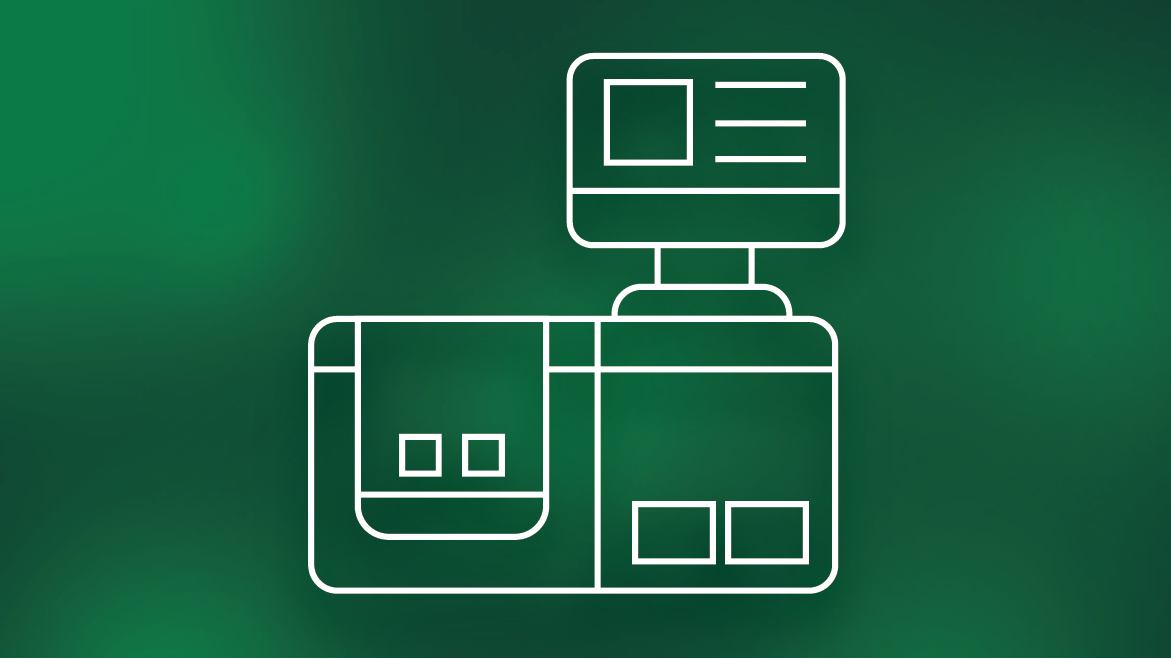Though it depends on the type of instrument, the decision to replace a system can also be influenced by whether it has been discontinued by the supplier and is, thereby, unserviceable moving forward. Parts for repair are also limited for discontinued instruments, leaving replacement the most feasible option.
Alternatively, an instrument may simply break down with age. Although labs running on a tight budget may wait for a system to fail completely before considering a replacement, it is important to assess the purchasing costs against the potential costs and impact of system downtime, as well as the service and maintenance fees for older instruments.
Key Considerations for Purchasing a Replacement Instrument
Each lab will have unique, specific requirements, and there are several considerations to make the best decision when purchasing a new instrument.
- Cost and usage: Cost can be a major factor and concern for labs running on a tight budget, or for academic labs that require strict funding approvals for new equipment. To support purchasing on a limited budget, suppliers often provide customized trade-up programs, allowing labs to save on new systems by trading in outdated legacy models.
Choosing a high-quality instrument over less expensive options or a repair, particularly if the equipment is used regularly, tends to be the more economical investment, providing enhanced durability and confidence in its longevity. Also consider the true cost of ownership, from the reagents and consumables needed for the care and maintenance of the instrument. - Lab space and scaling: Lab space and the potential for scaling are necessary considerations for smaller labs with plans for growth on the horizon. For example, pharmaceutical labs may move towards manufacturing or scale up workflows as new investment is received. Not only does the instrument need to fit in the current lab space, but labs need to assess how it can be incorporated into an automated workflow, such as its compatibility with liquid handlers. Another consideration for scaling is if the lab is introducing a new workflow that needs to be integrated into existing ones.
- Training: What level of training is needed for users on the new equipment? The impact of replacing an instrument in a core academic facility, which is being used in different projects by multiple users, can be significant due to varying levels of operational training needed. Selecting a trusted supplier that offers timely and effective training on its instrument streamlines the transition from old to new, reducing downtime and optimizing lab productivity. For example, Bio-Rad provides customized training on its genomics, proteomics, flow cytometry, and cell culture systems.
- Ergonomics: Newer instruments, including those with automated pipettes and microscopes, can reduce the risk of repetitive strain injury, harmonizing lab workflow and productivity with health and well-being.
- Service and maintenance: First, to maximize the operational lifetime of the instrument, does the supplier provide comprehensive service plan coverage? Labs should consider how much time is needed for the maintenance, upkeep, and calibration of the new instrument, and what is needed to carry this out. Bio-Rad offers various levels of Service and Repair Plans with optional additional customized support services to meet the lab’s specific needs, budget, and regulatory requirements.
- Environmental conditions: Does the instrument need to operate in a specific environmental condition, for example, a temperature or humidity-controlled room? If an instrument is expected to be operated outside of its normal range, it is important to consider the best option for care and maintenance under these unique conditions.
- Bridging studies and regulatory requirements: Bridging or comparability studies for instrument changeover in regulated labs are essential to demonstrate that the lab would get comparable data from its samples using the new instrument. An example would be labs operating under strict Federal Drug Administration (FDA) or European Medicines Agency (EMA) regulatory and audit requirements. Selecting validated equipment or consumables from a supplier that is ISO certified and follows current Good Manufacturing Practices (cGMP) within their facilities is vital.
- Software: Does the lab have the infrastructure to integrate the new software, and is it compatible with existing operating systems? If a lab is running on older, incompatible operating systems, it may need to consider an upgrade before purchasing the new instrument.
- Supplier: Choosing a reliable, experienced supplier is crucial. Research the supplier’s reputation, public documentation, and references, and request evidence that an instrument delivers reliable and reproducible data.
Reducing Disruption to the Lab Productivity by Minimizing Instrument Downtime
To minimize disruption to laboratory workflows when replacing an old instrument, it is important to consider expected timelines for the replacement, from purchasing to installation, and plan experiments accordingly. For example, many suppliers were faced with field staff and materials shortages and shipping delays resulting from the COVID-19 pandemic, and it could take months to fully transition an instrument. Similarly, for labs deciding to repair an older instrument rather than replace it, there may be delays in sourcing both engineers and compatible repair parts.
Unexpected instrument failure is difficult to prepare for; however, preventative maintenance visits and regular quality checks can effectively monitor instrument performance and confirm if the system is working optimally. For regulated labs, maintenance visits are recommended every three to six months, depending on the instrumentation.
To reduce downtime, labs can also make sure that the lab space is clean and prepared for installation, as well as briefing IT personnel who may be needed to connect the instrument to the network and integrate any new software.
To optimize your lab productivity and ensure data reliability, you need to assess how well an instrument fits your current needs. By understanding your lab’s priorities, you can better determine if an instrument is worth maintaining, or if it needs to be replaced by a newer, more reliable system.
Visit bio-rad.com to discover validated, reliable instruments designed to optimize your lab productivity.
BIO-RAD is a trademark of Bio-Rad Laboratories, Inc. All trademarks used herein are the property of their respective owner. © Bio-Rad laboratories, Inc.







